
Field density test:
This test method is used to determine the density and water content of compacted soils placed during the construction of earth embankments, road fill, and structural backfill. It often is used as a basis of acceptance for soils compacted to a specified density or percentage of a maximum density determined by a test method.
This test method is used to determine the density and water content of compacted soils placed during the construction of earth embankments, road fill, and structural backfill. It often is used as a basis of acceptance for soils compacted to a specified density or percentage of a maximum density determined by a test method.
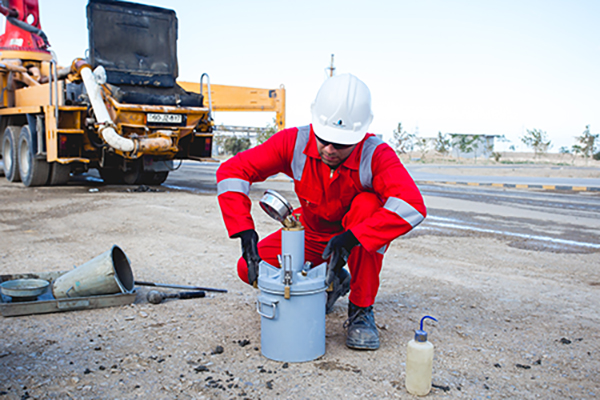
Air content of freshly mixed concrete:
The test determines the air content of freshly mixed concrete exclusive of any air that may exist inside voids within aggregate particles. For this reason, it is applicable to concrete made with relatively dense aggregate particles and requires determination of the aggregate correction factor
The test determines the air content of freshly mixed concrete exclusive of any air that may exist inside voids within aggregate particles. For this reason, it is applicable to concrete made with relatively dense aggregate particles and requires determination of the aggregate correction factor
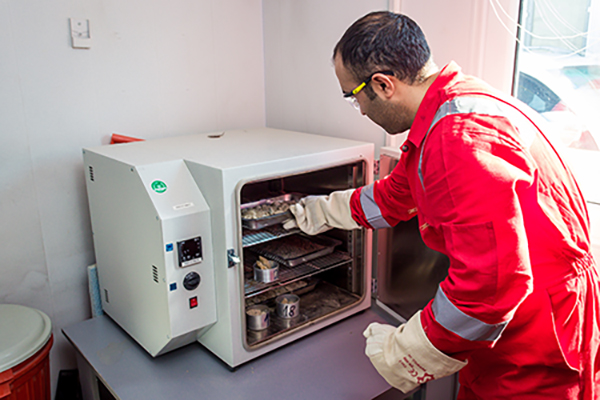
The determination water content of soils.:
For many materials, the water content is one of the most significant properties used in establishing a correlation between soil behavior. These test methods cover the laboratory determination of the water (moisture) content by mass of soil, rock, and similar materials where the reduction in mass by drying is due to loss of water.
For many materials, the water content is one of the most significant properties used in establishing a correlation between soil behavior. These test methods cover the laboratory determination of the water (moisture) content by mass of soil, rock, and similar materials where the reduction in mass by drying is due to loss of water.
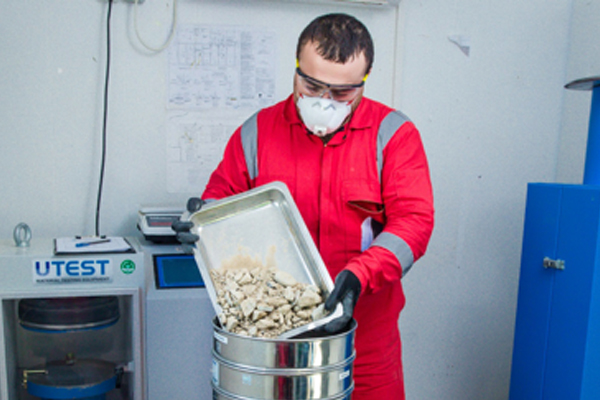
Sieve analysis:
The method is used for assessing whether the setting time and soundness of cement are in conformity with its specification.
The method is used for assessing whether the setting time and soundness of cement are in conformity with its specification.

Determination of setting time and soundness:
The method is used for assessing whether the setting time and soundness of cement is in conformity with its specification
The method is used for assessing whether the setting time and soundness of cement is in conformity with its specification
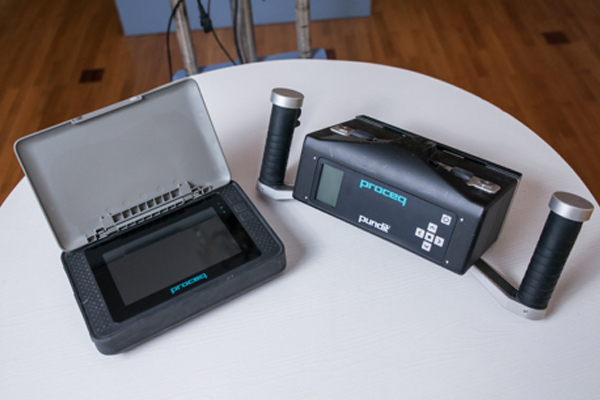
Pundit:
This nondestructive equipment determines the gaps between ready concrete constructions. Without destructing, or sampling we can identify cracks and gaps in ready structures through ultrasonic waves.
This nondestructive equipment determines the gaps between ready concrete constructions. Without destructing, or sampling we can identify cracks and gaps in ready structures through ultrasonic waves.
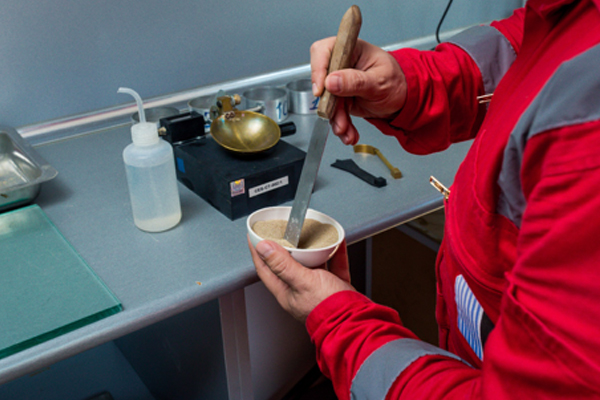
Determination of Atterberg limits of soil:
These test methods are used as an integral part of several engineering classification systems to characterize the fine-grained fractions of soils. The liquid limit of a soil containing substantial amounts of organic matter decreases dramatically when the soil is oven-dried before testing.
These test methods are used as an integral part of several engineering classification systems to characterize the fine-grained fractions of soils. The liquid limit of a soil containing substantial amounts of organic matter decreases dramatically when the soil is oven-dried before testing.
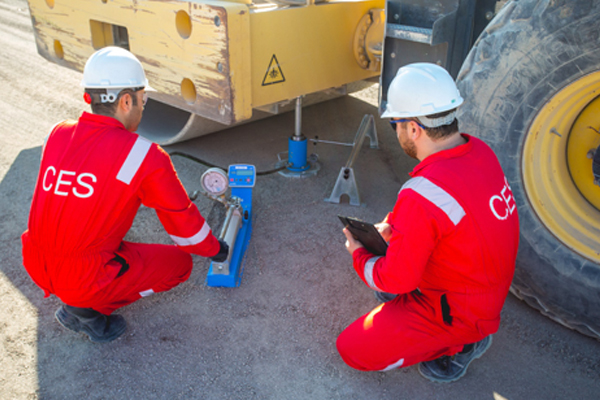
Plate Load test:
In practice, it is one of the most important tests in industrial construction. This test method covers the estimation of the bearing capacity of soil in place by means of field loading tests. This test method can be used as part of a procedure for soil investigation for foundation design.
In practice, it is one of the most important tests in industrial construction. This test method covers the estimation of the bearing capacity of soil in place by means of field loading tests. This test method can be used as part of a procedure for soil investigation for foundation design.